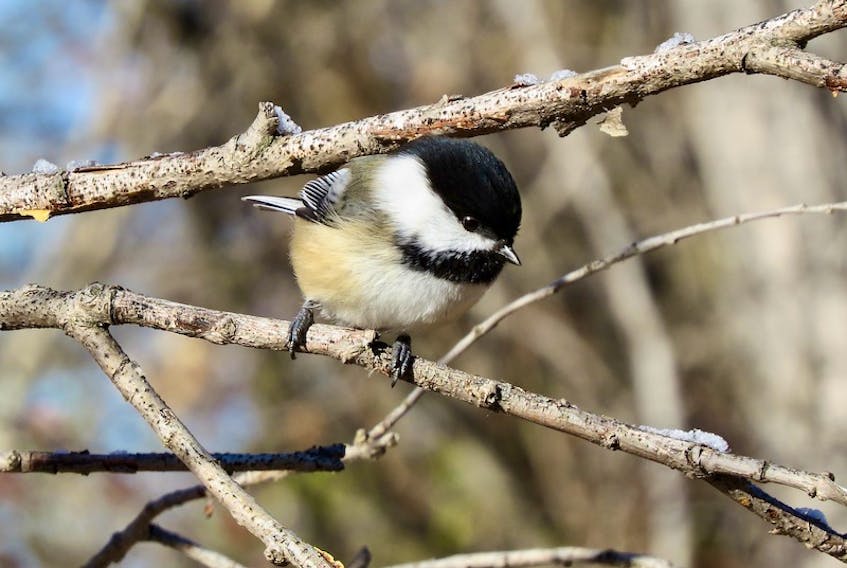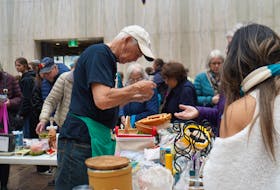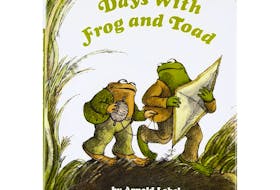During a recent snowfall, the garden shrouded in a blanket of pure white snow, Mark’s wife, Mary, exclaimed, “The cardinals illuminate the yard!”
During the long dark days of winter, every Canadian looks for illumination. The temptation to find it might be turning on your TV or iPad. But there is another way to shorten winter, and that is by turning to nature.
The native birds that stay over winter in our climate provide a window into something extraordinary. When, in our history, has there been a better time to slow down and observe avian activity than during the pandemic?
The Great Backyard Bird Count is on and now is your chance to get in on the action.
There is indeed “action”. According to Steven Price, President of Birds Canada, the hosting organization of this volunteer activity. This annual four-day event attracted over 250,000 participants last year worldwide, 40,000 in Canada. Together, they counted over 27 million birds almost 7,000 species.
Participation is simple. Log on to the Birds Canada website at birdscanada.org and click on the Great-Backyard-Bird-Count link. Sign up and you are in. Now all you have to do is count birds and, if possible, name them and record the results on the website.
There is an excellent section on the Birds Canada website that helps people identify birds, for those who are unsure.
Between us, we have 16 bird feeders and we feed birds a mixture of quality, corn-free seed, pure black oil sunflower, nyjer seed for the little songlets like nuthatches, suet for chickadees and woodpeckers and bird quality peanuts for even more woodpeckers (always salt free).
Here are our favourite birds this time of year and how best to attract them:
Blue jays:
No need to wait for the season opener (baseball joke) as the jays are lurking in your nearest cedar hedge waiting for peanuts. In the shell or out of the shell, bird peanuts are like candy to these birds. Black oil sunflower seeds also work well. Members of the crow family, they are smart, noisy and bossy. When they are around, most other birds step aside.
Chickadees:
Cute, friendly (you can train them to take seed from your open hand) and chirpy, chickadees get their name from their song which is unmistakable from quite a distance. Black oil sunflower seeds are best.
Nuthatches:
One of the few birds that travels on a tree trunk head-first, they are the kid on the monkey bars that has no fear. They are also entertaining and enjoy Nyjer seed and black oil sunflower seeds.
Downy and hairy woodpeckers:
Downy, the smaller of the two, and Hairy look alike but have different stature. Suet is a sure attractant as are raw, peanuts out of the shell. Again, go salt free as salt is not good for birds. Look for the distinct red flash on the back of the head of the males and the black and white markings on feathers that look like a black and white TV on the fritz.
Red bellied woodpecker:
Known best for a brilliantly colour red head, their red belly is hard to see, but it is there. Feed the same as downy and hairy woodpeckers.
Cardinal:
You must love the outstanding colour of the male cardinal contrasted against the snow. It’s a true winter wonder worth watching. Feed them the same as Blue Jays.
Mr. Price reminds us, “You can count birds from the comfort of your own home, go outside and count them or walk the trails of a park or conservation area. The point is not where you see the birds but how many and the species.
“The information is used is used to help scientists around the world understand the range of birds, threats like climate change and habit loss and it helps Birds Canada demonstrate where conservation action is working to conserve nature.”
The Backyard Bird Count started Feb. 12 and concludes Feb. 15. Engage friends and family in the activity and challenge them to see who can identify the most birds and species in the four days.
Winter will never seem shorter.
Mark Cullen is an expert gardener, author, broadcaster, tree advocate and Member of the Order of Canada. His son, Ben, is a fourth-generation urban gardener and graduate of University of Guelph and Dalhousie University in Halifax. Follow them at markcullen.com, @markcullengardening and on Facebook.









